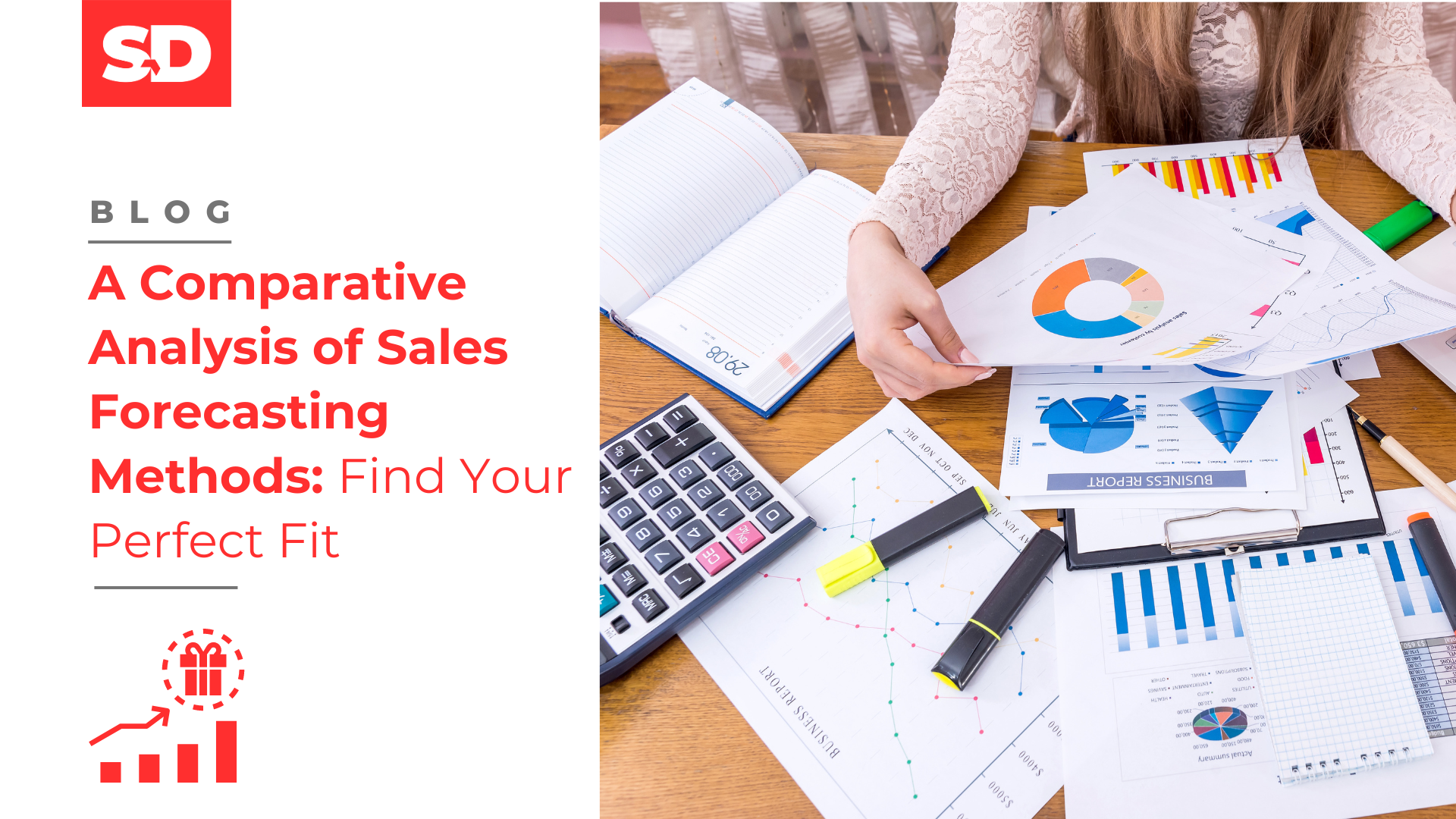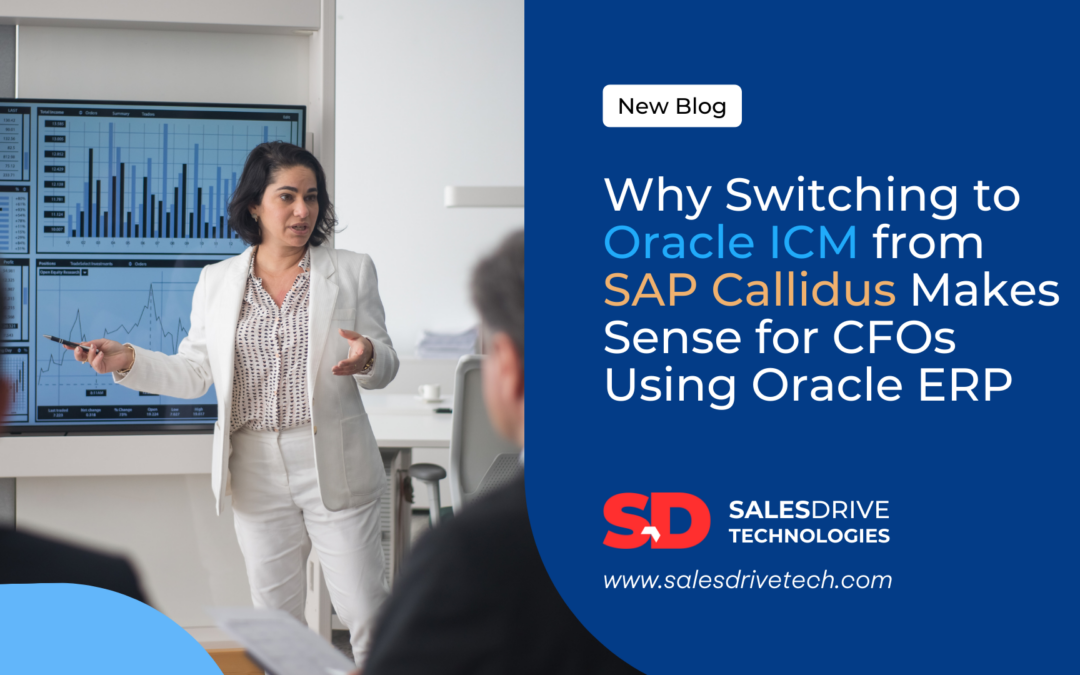Imagine the pressure of leading a high-growth company, eager investors, and a board demanding a clear path to success. A crucial question always lingers: How much will we sell?
Sales forecasting isn’t a crystal ball. It’s the cornerstone of informed decisions, empowering you to allocate resources, manage inventory, and ultimately, steer your company towards financial goals. Yet, pinpointing future sales can feel like a high-wire act. Evolving customer needs, fierce competition, and unpredictable markets disrupt even the most meticulous forecasts.
By wielding modern forecasting methods, the right tools and strategies, you can transform sales forecasting from a guessing game into a data-driven science. This blog post will break down the most effective forecasting techniques and empower you to choose the one that best suits your unique sales environment.
Opportunity Stage Forecasting: Gauging Deal Momentum
This approach, opportunity stage forecasting, leverages the power of your sales pipeline, to assign probabilities to deals based on their current stage. Think of your pipeline as a journey towards closing deals, where each stage signifies progress. This method helps prioritize high-potential deals and predict conversion likelihood.
Strengths of Opportunity Stage Forecasting:
- Focus on Deal Momentum: This method highlights deal momentum by analyzing where deals reside in the pipeline, providing insights into progress and closing potential. eams with clear sales stages can identify deals likely to convert.
Example: A Software-as-a-Service (SaaS) company might assign a 70% probability to deals after a successful demo and quote. This signals strong momentum and high chances of closure.
- Actionable Insights for Established Processes: For sales organizations with well-defined and rigorously followed sales processes, opportunity stage forecasting offers data-driven forecasts using historical win rates per stage.
Imagine a company selling marketing automation tools. Their historical data might show that deals that progress to the “contract negotiation” stage have a win rate of 85%. This insight allows them to prioritize resources and focus on nurturing deals that have reached this critical stage.
Weaknesses of Opportunity Stage Forecasting:
- Accuracy Relies on Stage Placement: The effectiveness of opportunity stage forecasting hinges on the accuracy of your stage placement. Deals must be meticulously categorized based on their progress, ensuring a realistic reflection of their closing probability. Inconsistent stage placement can lead to skewed forecasts and hinder decision-making.
For instance, if a salesperson prematurely moves a prospect to the “proposal sent” stage when key decision-makers haven’t reviewed it yet, the forecast will be overly optimistic.
- Limited Visibility into Early Stages: Deals in the early stages of the pipeline can pose a challenge for opportunity stage forecasting. Limited information at this point may make it difficult to assign a truly reliable probability score.
Consider a B2B company selling enterprise software solutions. Qualifying a new lead and setting up an initial call might be assigned a lower probability (20%) due to the unknown nature of the prospect’s needs and budget. However, this doesn’t diminish the value of the method; it simply highlights the need for a multi-pronged approach to forecasting.
In essence, opportunity stage forecasting provides a valuable snapshot of deal momentum within your sales pipeline. However, its effectiveness relies on a well-defined sales process and accurate stage placement.
Historical Data Analysis: Unveiling Past Patterns to Predict Future Performance
Next up, we’ll delve into historical data analysis. This method leverages the goldmine of information housed within your past sales records. By analyzing trends and patterns in historical data, you can glean valuable insights to inform your sales forecasts.
Strengths of Historical Data Analysis:
- Simple and Straightforward: Historical data analysis is a remarkably straightforward approach. It doesn’t require complex algorithms or specialized training. By leveraging existing sales figures, you can gain a basic understanding of seasonal fluctuations and historical sales cycles.
- Spotlighting Seasonal Trends: This method excels at identifying seasonal trends within your sales data. Does your business experience a surge in demand during the holiday season? Historical data analysis can reveal these patterns, allowing you to prepare your sales team and inventory accordingly.
Weaknesses of Historical Data Analysis:
- Limited Scope for External Factors: A key limitation of historical data analysis is its inability to account for external factors that can significantly impact sales performance. Market shifts, economic fluctuations, and competitor activity can all disrupt historical trends, rendering forecasts inaccurate.
- Reliant on Sufficient Historical Data: For historical data analysis to be truly effective, a robust dataset is essential. If your company is relatively new or has undergone significant changes, limited historical data can hinder the accuracy of your forecasts.
In essence, historical data analysis offers a clear and readily available method for understanding sales trends. However, its effectiveness is maximized when combined with other forecasting techniques that account for external factors and changing market dynamics.
Pipeline Forecasting: A Multi-Faceted Approach for Enhanced Accuracy
This method merges the strengths of opportunity stage forecasting and historical data analysis. This approach leverages the power of your sales pipeline, assigning probability values to deals based on their stage and factoring in historical win rates and sales trends. Imagine it as a holistic perspective, considering both the current momentum of individual deals and the broader historical context of your sales performance.
Strengths of Pipeline Forecasting:
- Comprehensive Viewpoint: Pipeline forecasting offers a well-rounded view of your sales pipeline. It considers the size of each deal, its likelihood of closing based on its stage, and historical trends that might influence its success. This comprehensive approach provides a more accurate picture of your future sales potential.
- Ideal for Established Pipelines: Businesses with well-established sales pipelines and a wealth of historical data are prime candidates for leveraging pipeline forecasting. The more information you have about your past sales cycles and the current state of your pipeline, the more precise your forecasts will be.
Weaknesses of Pipeline Forecasting:
- Data Management Challenges: Managing a large and dynamic sales pipeline can be complex. Ensuring data accuracy for each deal and keeping stage placements up to date is crucial for the effectiveness of pipeline forecasting. Inconsistencies can introduce errors and skew your forecasts.
- Limited Applicability for Non-Linear Cycles: For businesses with non-linear sales cycles, pipeline forecasting might present limitations. If your sales process doesn’t follow a predictable, stage-based progression, assigning probabilities can be challenging.
In essence, pipeline forecasting offers a powerful approach for businesses with established sales pipelines and robust historical data. However, managing a large pipeline effectively and ensuring data accuracy are essential for maximizing its potential.
Choosing the Right Forecasting Method
With an arsenal of forecasting techniques at your disposal, the question arises: which method is the perfect fit for your sales team? The answer, like most things in sales, depends. Here’s a framework to guide your decision-making process:
Sales Process Maturity:
- Early Stage: If your sales process is still evolving, opportunity stage forecasting can be a good starting point. It provides a basic level of predictability based on deal momentum within your pipeline.
- Established Process: For well-defined sales processes, pipeline forecasting shines. By factoring in historical win rates and sales trends, it offers a more comprehensive view of your future sales potential.
Data Availability:
- Limited Data: If your historical data is scarce, historical data analysis might be limited in its effectiveness. In such scenarios, consider opportunity stage forecasting as it relies primarily on current pipeline information.
- Robust Data: Businesses with a wealth of historical data can leverage the power of pipeline forecasting. The more information you have about past sales cycles, the more accurate your forecasts will be.
Product/Service Complexity:
- Simple Products/Services: For straightforward offerings with predictable sales cycles, opportunity stage forecasting or historical data analysis might suffice.
- Complex Products/Services: For intricate products or services with lengthy sales cycles, pipeline forecasting is often the most suitable option. Its ability to consider deal size and historical trends is crucial for accurately predicting complex sales cycles.
Conclusion: The Power of Combining Methods
It’s important to remember that these forecasting methods aren’t mutually exclusive. In fact, the most effective approach often involves combining multiple techniques. For instance, you can leverage historical data analysis to identify seasonal trends and then layer opportunity stage forecasting on top to account for current pipeline momentum.
By carefully considering your sales process maturity, data availability, and product/service complexity, you can select the forecasting method (or combination of methods) that best equips you to make informed decisions and achieve peak sales performance.
Drive Your Sales Performance Up with Salesdrive Technologies
With extensive implementation experience in the ICM and SPM domain, and a deep understanding of the best practices involved, Salesdrive Technologies can suggest the right kind of forecasting methods that suit your specific organizational circumstances and can help implement the right ICM solution that helps you to boost your sales performance and do more with less.




